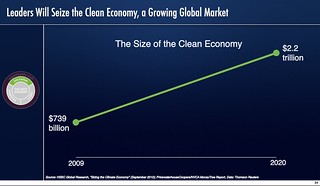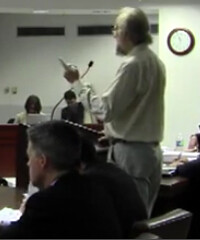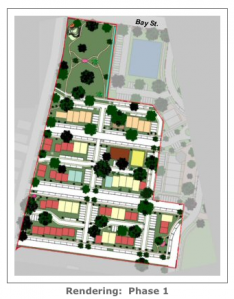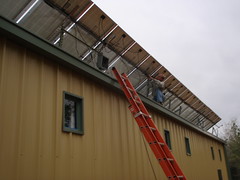 At
installation of VSU’s solar canopy,
the president of VSU answered
SAVE’s question:
At
installation of VSU’s solar canopy,
the president of VSU answered
SAVE’s question:
You’ve heard about how these kinds of projects can yield a relatively quick return on investment. And you all need to know that, so long as I am president, I am committed to developing a culture of sustainability on this campus. I do not believe for a moment that environmental sustainability and the long-term economic well-being of the university are contradictory goals.
He offered an autobiographical tidbit:
I began my career in academia… as a professor of environmental ethics. I didn’t leave that behind when moved into the role I’m in now. I still hold dear to that kind of thinking. I still hold dear that kind of open dialog. And I remain committed to these kinds of projects. The sun is something we have in abundance here. And I think it is something we can continue to take advantage of.
Now I will take a little bit of credit. I remember probably the most opposite of the day we have today. Back over the summer, and early in the morning, and it was already extremely hot, and we were walking around trying to decide where we were going to put the array, and we looked a couple of spots, and then we came back here.

And the first thing that struck me from an academic perspective was the juxtaposition of having a solar panel and the old physical plant. Just from a metaphorical perspective, I just thought that was unique. But then we started talking about the fact that we could have shelter, power, for what is in many ways an academic hub of the university, the library. And generate some power in the process.
And be able to have not only the event that we have today, but I would hope other kinds of events, because I really do see this as a starting point.
He thanked everybody involved, especially SAVE and its president Danielle Jordan for her leadership, and in absentia plant operations.
Continue reading











